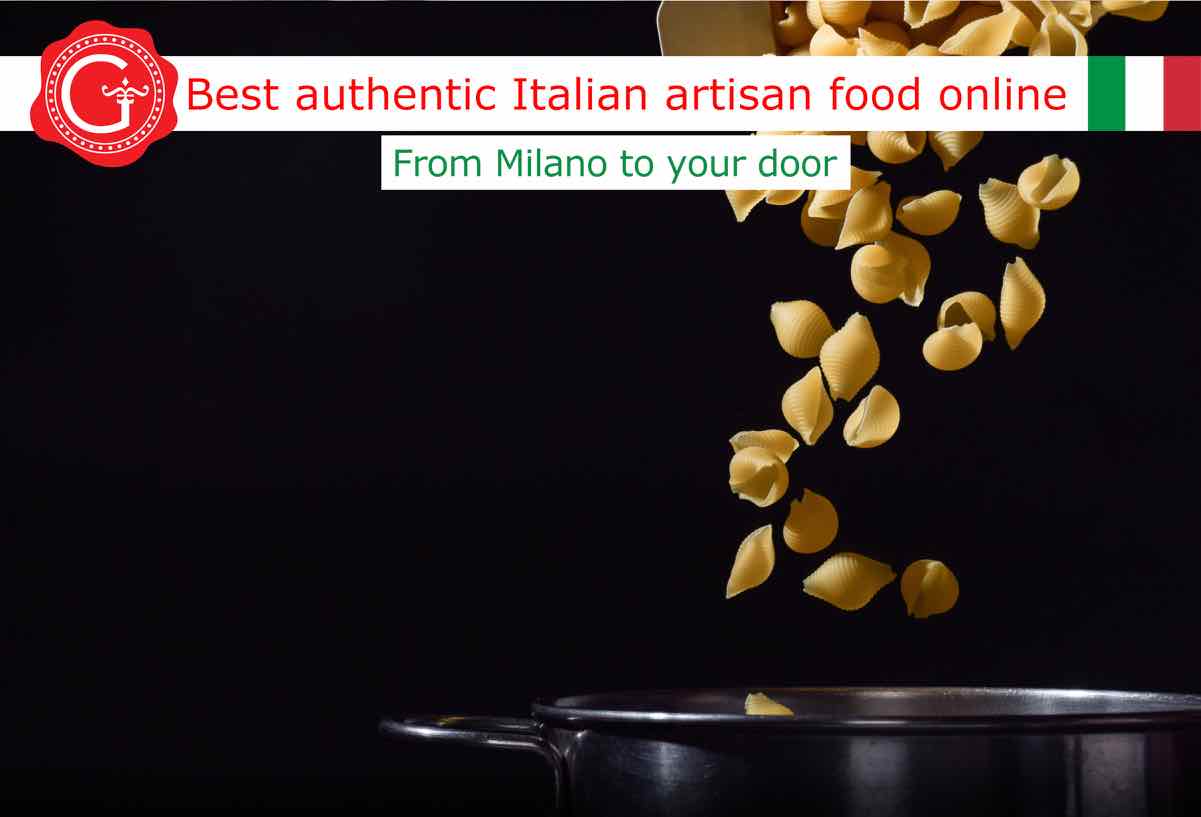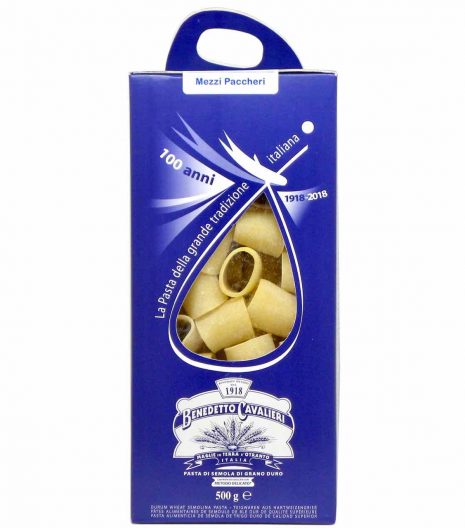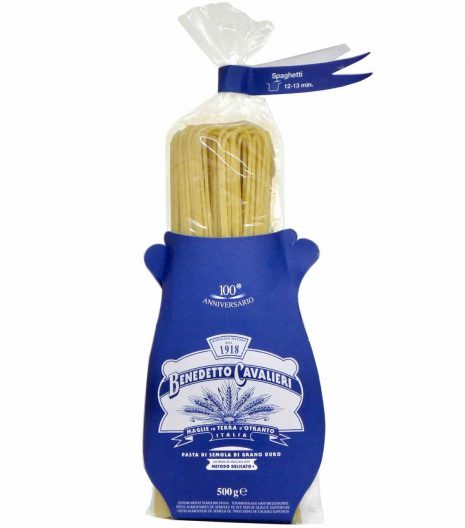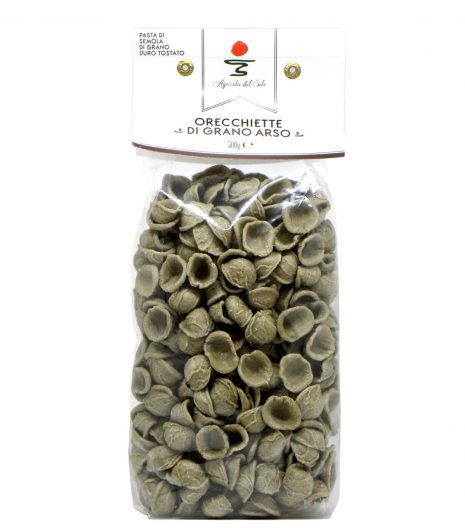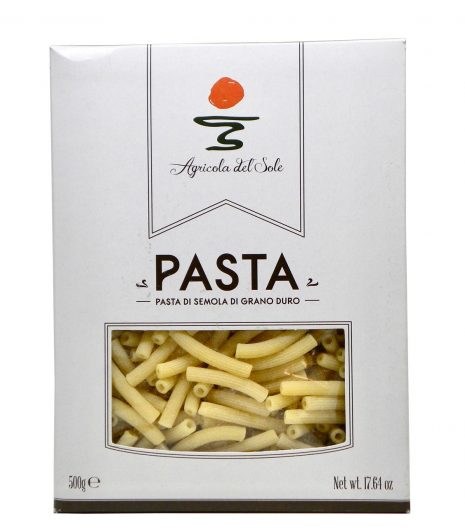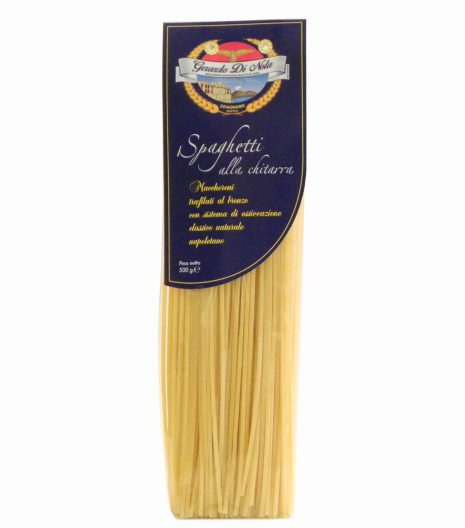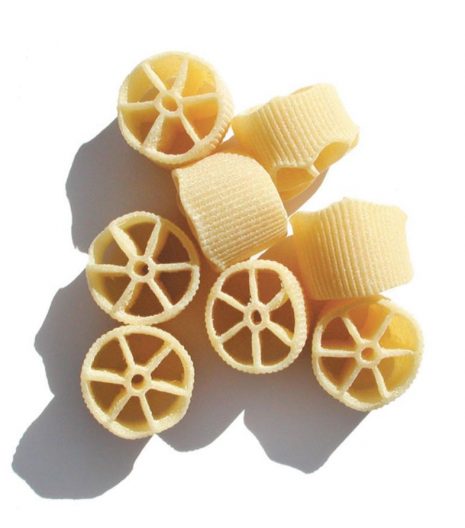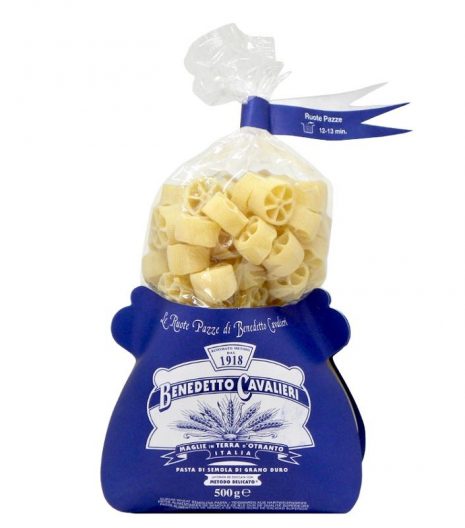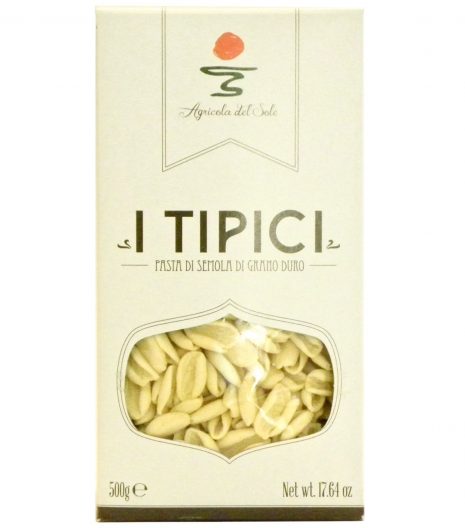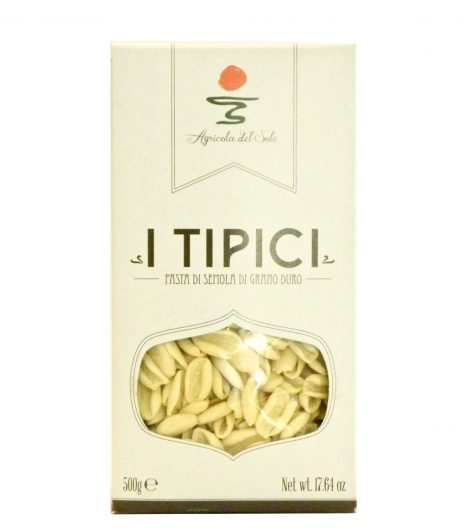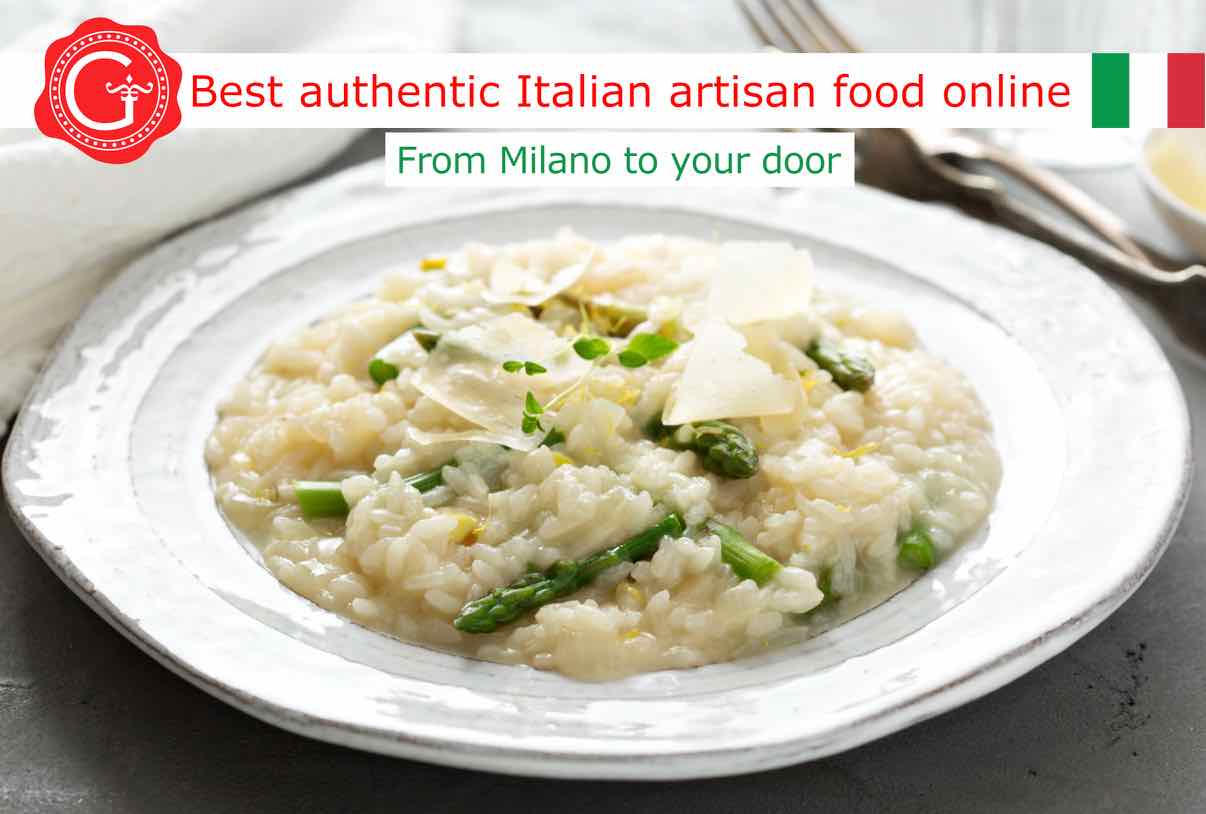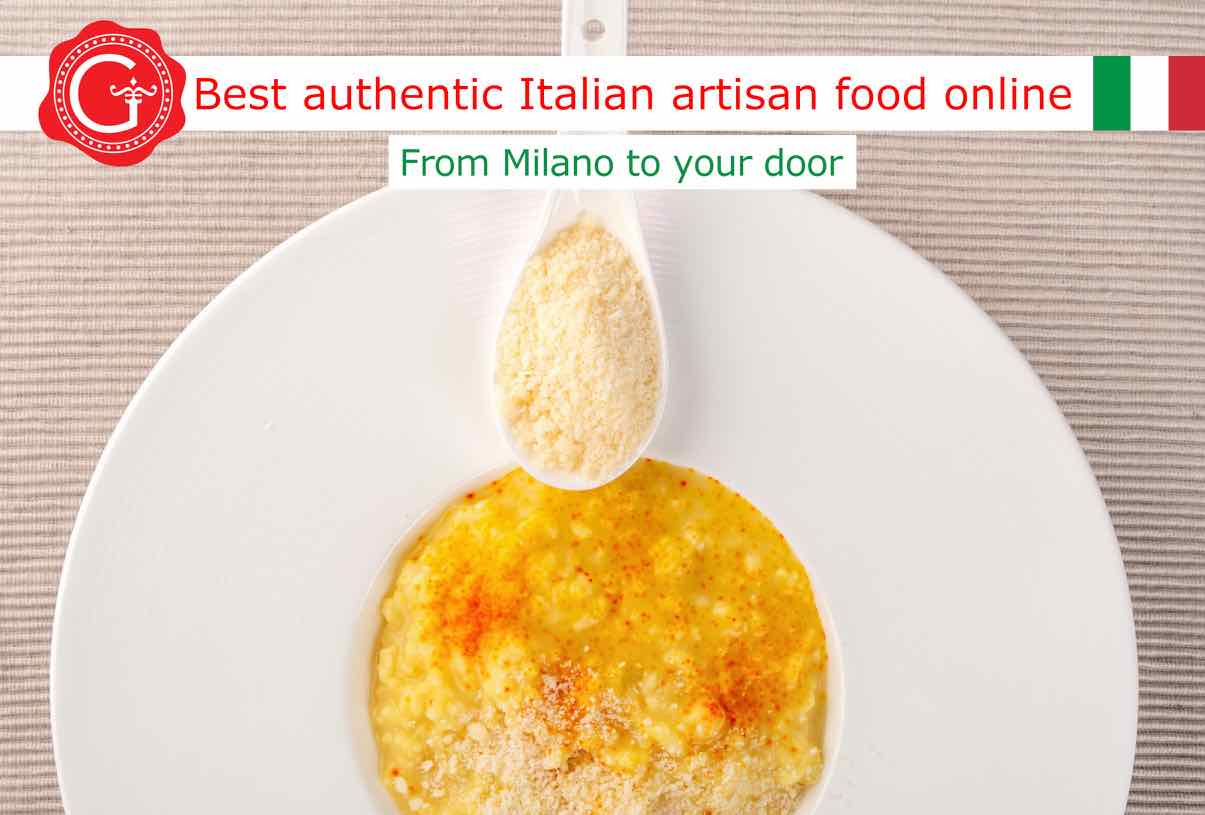How to cook pasta is a theme that may seem very simple, almost taken for granted, but it contains some aspects worthy of interest.
Some prefer pasta al dente, others longer cooked pasta (according to some, then, overcooked pasta?). Then there are those who propose a cooking time that is even shorter than that of pasta al dente, and in this regard the term cottura al chiodo (which translates something like nail cooking) circulates. How long do you cook pasta for?
Let’s see something more about the pasta cooking process, different ways of cooking pasta and their relevance also from a nutritional point of view.
COOKING PASTA: A BIT OF HISTORY
When we talk about how to cook pasta, we normally refer to a type of pasta: dried pasta. This is the most common pasta today. Furthermore, pasta al dente comes to mind, or at most pasta cooked a few more minutes. But has it always been like this? Dried pasta has not always been as relevant as it is today, and cooking advices have changed over time. Let’s see better.
Dry pasta or fresh pasta
Sicily was probably the cradle of dried pasta production, and in the 12th century the island was the most important producer. However, the medieval cuisine reports much more often recipes with fresh pasta rather than with dried pasta.
Dried pasta became a food held in high esteem passing through different phases. During the 18th century dried pasta spread among all the population censuses.
Goethe, on May 29, 1787, writes that «The macaroni, the dough of which is made from a very fine flour, kneaded into various shapes and then boiled, can be bought everywhere and in all the shops for very little money» (see here).
Pasta al dente or melting pasta?
During the Middle Ages pasta, also on the advice of doctors, was cooked for a long time (for example half an hour, or even more), and was consumed decidedly soft, melting.
Long cooking remained the way to cook pasta for several centuries.
The short cooking, for which the pasta maintains a certain strength, the «nerbo», was probably born in the streets of Naples during the nineteenth century.
During the 20th century, al dente pasta spread in Italy and in different parts of the world, also through Italian emigration.
SHOP ONLINE THE BEST ITALIAN ARTISAN PASTA AND OTHER AUTHENTIC ITALIAN FOODS
On Gustorotondo you find the best artisan Italian pasta and Italian foods.
We look for producers who have high-quality standards, and we offer artisan Italian good products that enhance the tradition and authentic flavours of Italian cuisine.
Gustorotondo was born as a traditional Italian food store in the center of Milan, and then started the e-commerce business. Now you can buy traditional Italian food online on Gustorotondo from all over Italy, from United Kingdom, Germany, the Netherlands, France, the Czech Republic, and from all the other European countries.
Shop online the best authentic artisan Italian food at Gustorotondo!
HOW TO COOK PASTA AL DENTE
Pasta al dente is that which maintains a certain strength, a certain vigour, and which therefore opposes a little resistance to mastication, without feeling a slight noise or seeing a harder white part inside (the so-called soul of pasta).
Moreover, the pasta of a good pasta dish must be:
- just a little sticky;
- elastic;
- of rather homogeneous consistency (i.e. not soft on the outside and hard inside);
- able to retain the sauce (for this purpose, a little starch on the surface is useful).
Regarding homogeneity, it must be said that in cooked pasta three concentric zones are observed:
- An external area with very swollen starch and without a clear protein network
- An intermediate region with partially swollen starch granules and a well-defined protein network
- An internal region with little gelatinized starch granules due to low water absorption
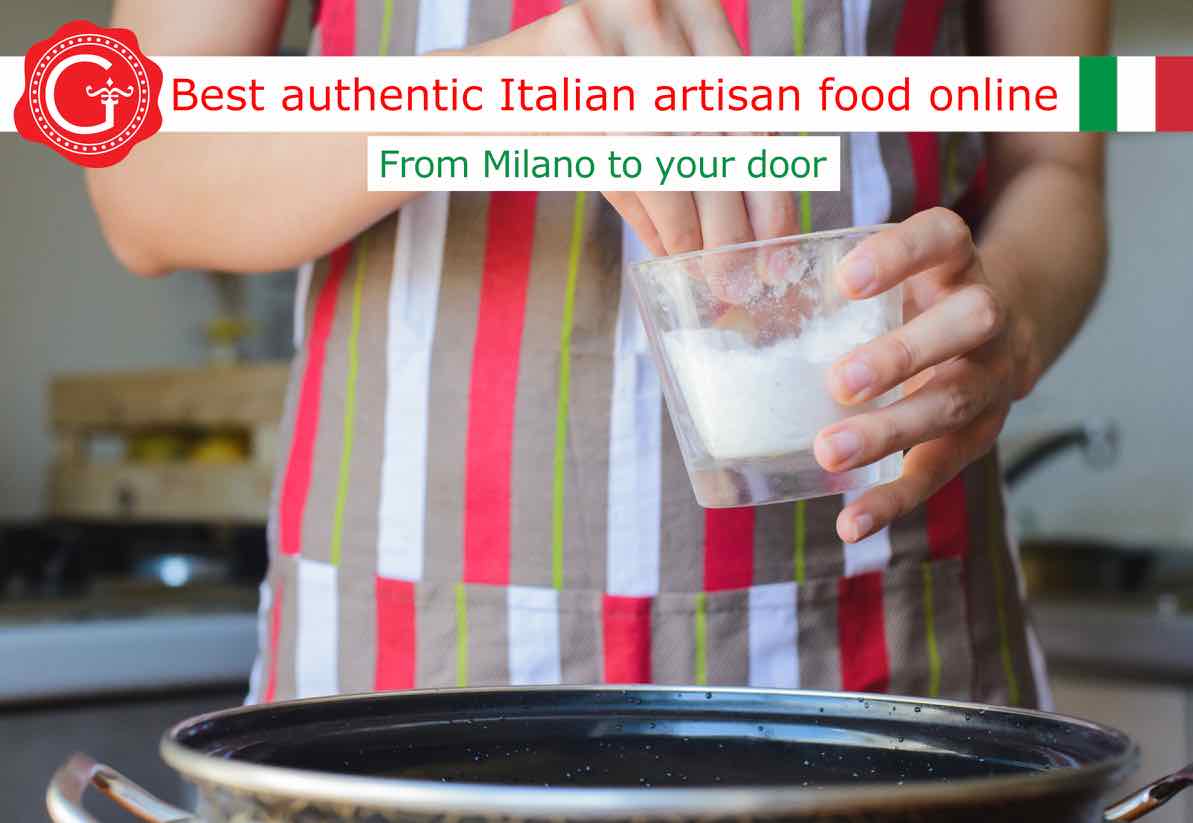
The pasta cooking process
Pasta cooking is a very important step: even a good quality pasta, if badly cooked, can be a dish of poor quality. Pasta cooking involves three processes:
- pasta rehydration;
- swelling and gelatinization (which also involves solubilization) of the starch granules;
- gluten coagulation.
The quality of the cooked pasta depends very much on the result of the interaction between the starch swelling and gelatinization process and the gluten coagulation process. In fact, starch must remain within the network created by proteins. If the protein network is not sufficiently strong and elastic, a significant part of amylose (a component of the starch) goes into the cooking water and a relevant component of amylopectin (another component of the starch) moves to the surface of the pasta, making it too sticky.
Ingredients
There are only three ingredients for cooking pasta:
- Durum wheat pasta
- Water
- Salt
Some believe the rule is 1: 10: 100, i.e. 1 liter of water and 10 grams of salt per 100 grams of pasta. Then, there are those who believe that water should boil. However, there is no unanimity. Let’s see the question better!
Does water have to boil when cooking pasta?
Some people say that, at the altitude we normally cook (even at the mountains) it is not necessary for the water to boil. According to supporters of this theory, only three processes in pasta cooking are to be taken into account:
- Water diffusion in the dough, which also occurs with water at room temperature
- Starch gelatinization, which occurs approximately above 60 ° C
- Gluten coagulation, which occurs between 70 °C and 80 ° C
So, if only these are the processes to be taken into account, it is sufficient that the water temperature remains above 80 °C
Compared to the case of boiling water, cooking at 80 °C will take a little longer, as the water will hydrate the pasta a little more slowly.
However, some people reply that the turbulence created by the boiling serves to maintain uniform the temperature in the different parts of the water. Moreover, if pasta releases amylose, boiling helps moving the parts so that they don’t stick together.
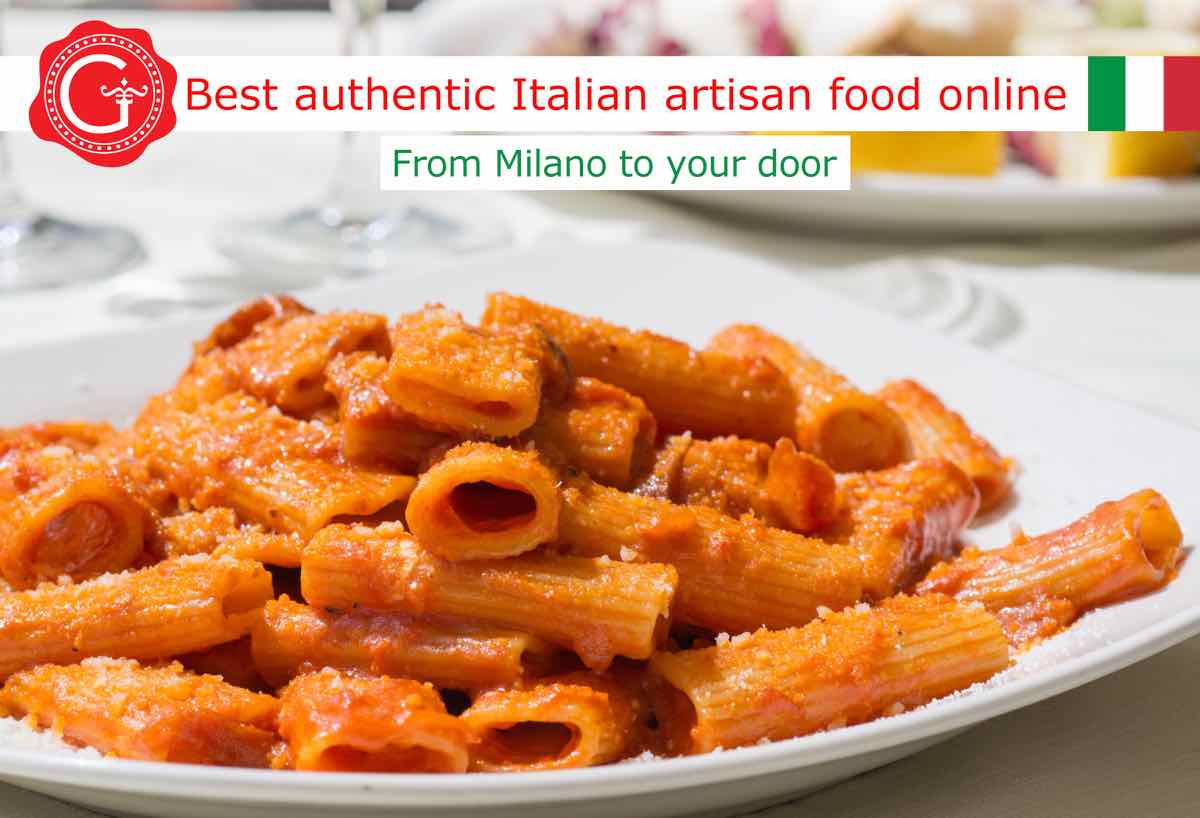
How much water to use to cook pasta?
According to supporters of the “golden rule", 1 liter of water per 100 g of pasta is justified by the fact that this quantity:
- allows pasta to move;
- causes the water, which is cooled by contact with pasta, to quickly boil again.
We have seen that, at least for some of the processes involved in cooking pasta, a temperature close to 100 °C is not needed. For these processes, the issue of cooling water when it comes into contact with pasta is not relevant.
Then there is the question of the movement of pasta. Is it necessary that the pasta can move, at least a little, so that it doesn’t stick? Probably yes, even if it is a type of pasta that releases little amylose. However, a liter of water for every 100 g of pasta is probably excessive. So how much water do you need? I leave you experiments and answers!
How much salt should you add to pasta water?
The amount of salt to be used in cooking pasta depends on several factors:
- the sauce that will accompany the pasta;
- the shape of the pasta;
- the sensitivity of the taste buds of the people who will eat the pasta.
In the case of a very salty dressing such as the Colatura di alici, salt will not even be used. In other cases, a little salt is usually added to water (but there are also those who prefer not to use it at all, perhaps to better taste the durum wheat). The quantity of salt added to water also depends on the duration of cooking: the more pasta remains immersed in water, the more it will absorb.
10 grams per 100 g of pasta perhaps is a little too much. A study shows that the addition of salt to water improves the characteristics of the pasta structure.
How to cook pasta al dente: method
- To cook al dente pasta, follow these simple instructions:
- Put the water in a pot
- Bring water to a boil
- Add the salt
- When the salt has melted, toss the pasta
- After about a minute move the pasta with a wooden spoon to avoid the possibility of sticking
- Cook the pasta keeping the water temperature at least at 80 °C (if for some reason it is necessary for the water to boil, it is a question that here we leave open)
- If you can, put a lid on the pot: it guarantees less heat dispersion
- When there are a couple of minutes left compared to the time indicated on the package, try the pasta testing to the bite (just bite into a piece)
- Drain the pasta when it is almost al dente (the drained pasta will continue to cook for a moment)
For many recipes, the pasta cooking process is finished in a sauté pan. In this case, drain the pasta a minute or two before it is al dente.
HOW TO COOK PASTA WITH SAUCE
There are many recipes with pasta, and some require combining pasta with a sauce. How to cook pasta with sauce? An answer valid for all cases does not exist, however some recipes require that the pasta cooking process is finished in a sauté pan. In this case, drain the pasta a minute or two before it is al dente. In fact, in this case the pasta, sautéed in the pan with the sauce, continues to cook for a few minutes.
COOKING PASTA IN MICROWAVE
Pasta can also be cooked in the microwave oven. A study (1) shows that cooking pasta in microwave has the following characteristics:
- Produces a higher loss of solid components in the cooking water
- Reduces cooking time
- Produces an increased weight of cooked pasta
- It may cause increased protein denaturation
COOKING PASTA AND NUTRITION
The question how to cook pasta? is relevant also from a nutritional point of view.
Indeed, cooking affects:
- flavors and odors. Now, according to some the perception of pleasant tastes and smells in turn positively affects digestion, generating a greater concentration of Pepsin, an enzyme in gastric juice that helps digest the proteins in food;
- the digestive load;
- the glycemic index.
A long-cooked pasta is normally chewed little, and the short stay in the mouth prevents the salivary amylase (ptialina), an enzyme released through the saliva that contributes to digestion, from doing its job well. The whole mass must therefore be digested through gastric enzymes, aggravating the stomach’s workload.
Furthermore, cooking pasta longer than al denteraises the glycemic index. Instead, in al dente cooking the starch is kept in the gluten network, and is assimilated more slowly.
Also cooking shorter than al dente is not optimal from a nutritional point of view. In fact, in this case the starch granules contained in the inner part remain intact and are not digestible.
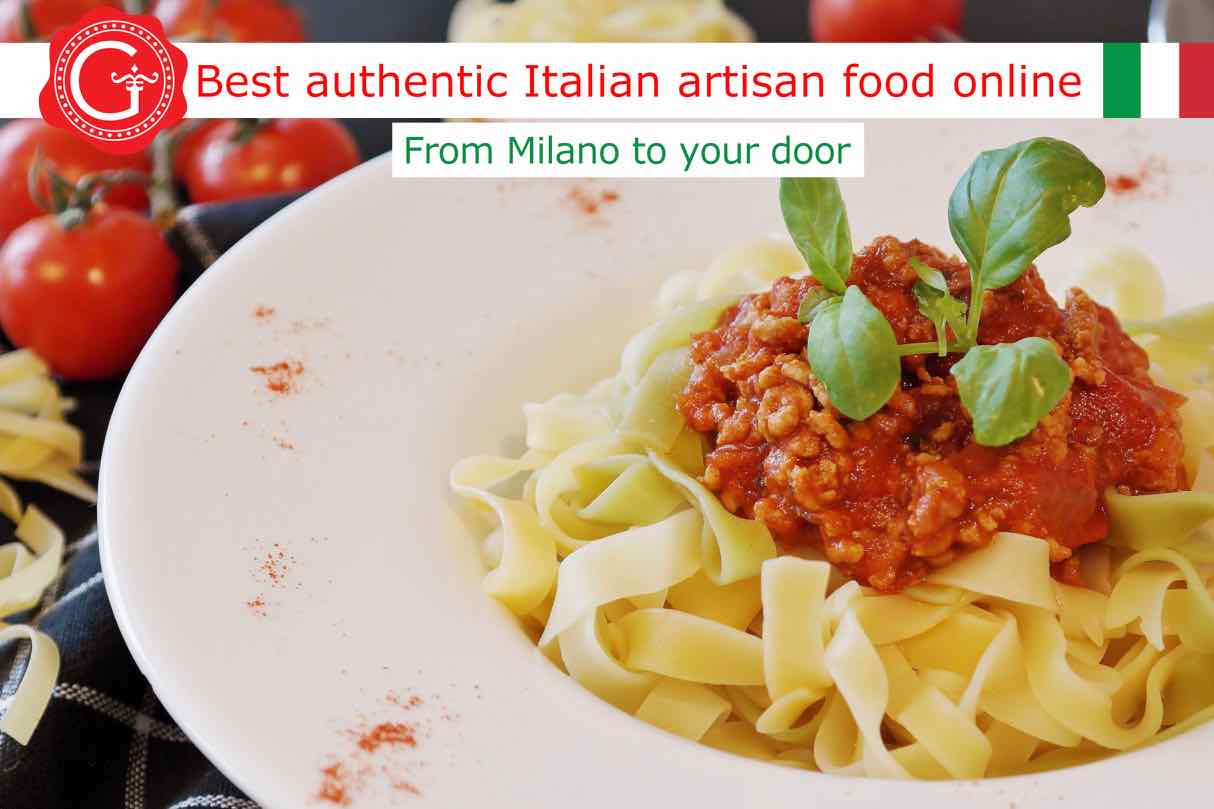
HOW TO COOK PASTA: SOME REFERENCES AND BIBLIOGRAPHY
https://www.humanitasalute.it/in-salute/dieta-e-alimentazione/67159-pasta-i-falsi-miti-e-le-cose-da-sapere/
IF YOU LIKED THE ARTICLE ABOUT HOW TO COOK PASTA, SHARE IT AND SIGN UP TO THE GUSTOROTONDO NEWSLETTER!
Gustorotondo Newsletter informs you about good Italian food, Italian recipes and cuisine, Italian artisan producers, tasty & healthy food products and exclusive offers.
You may also be interested in:


